Teachers need quick ways to teach math, especially decimals, which can be tricky. Finding resources that kids understand and engage with can be tough. A good, clear decimal chart that's printable could solve this. It would make learning decimals easier for students and teaching simpler for educators.
We've designed a handy decimal chart to help with math homework or classroom activities. Compact and easy to understand, it breaks down decimal points and their equivalent fractions. Great tool for quick reference, making math problems a bit less daunting for students. Helps build confidence with numbers.
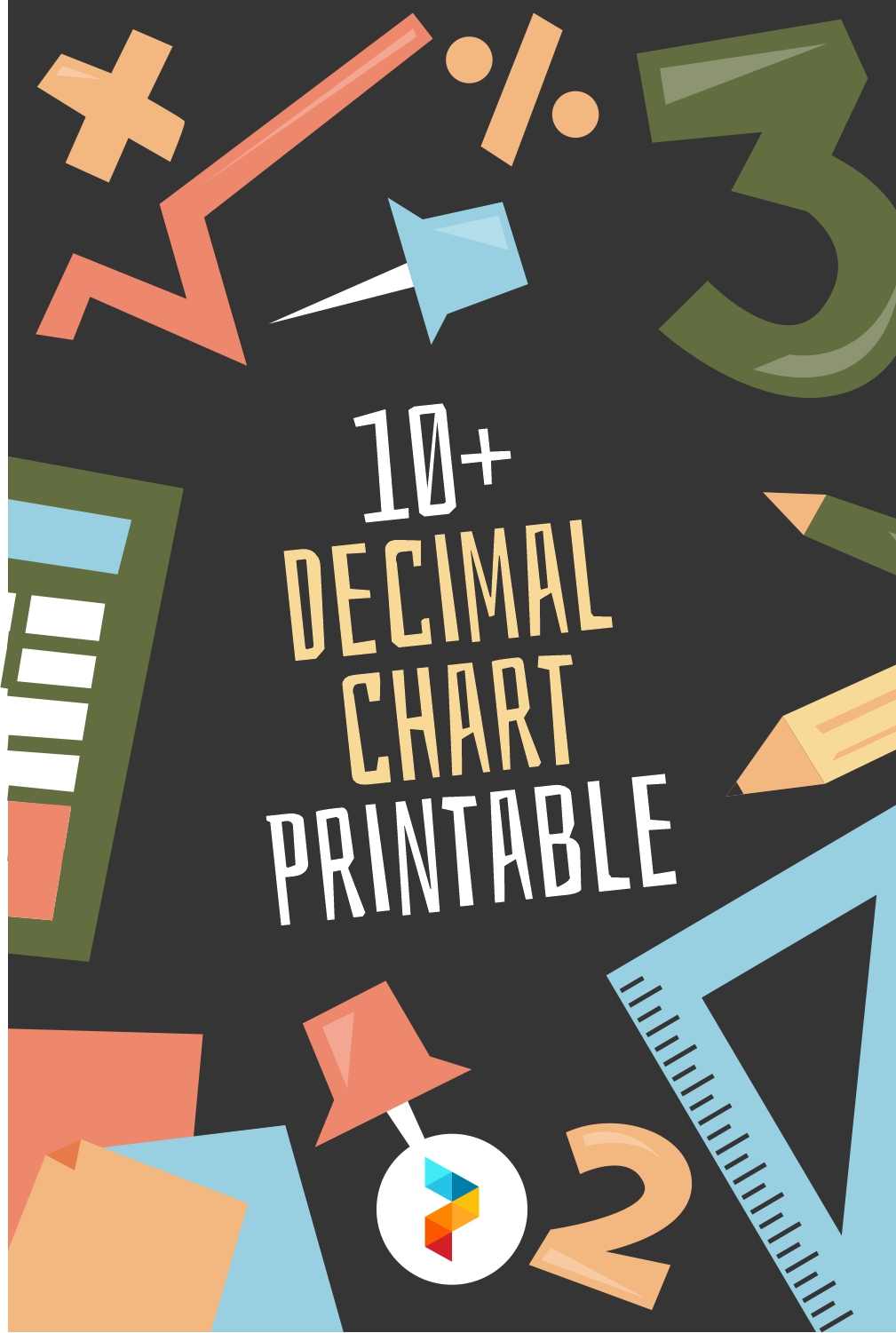
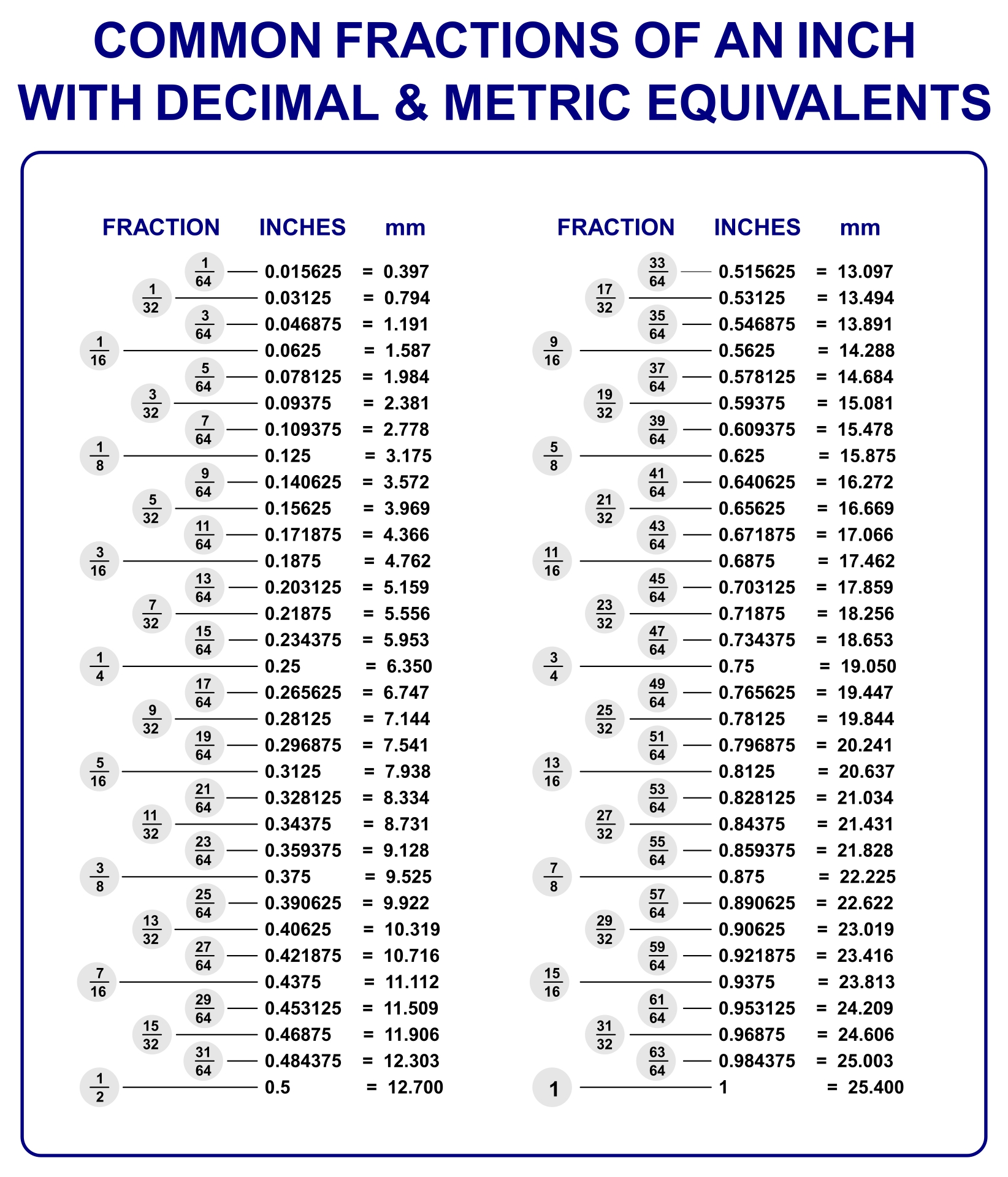
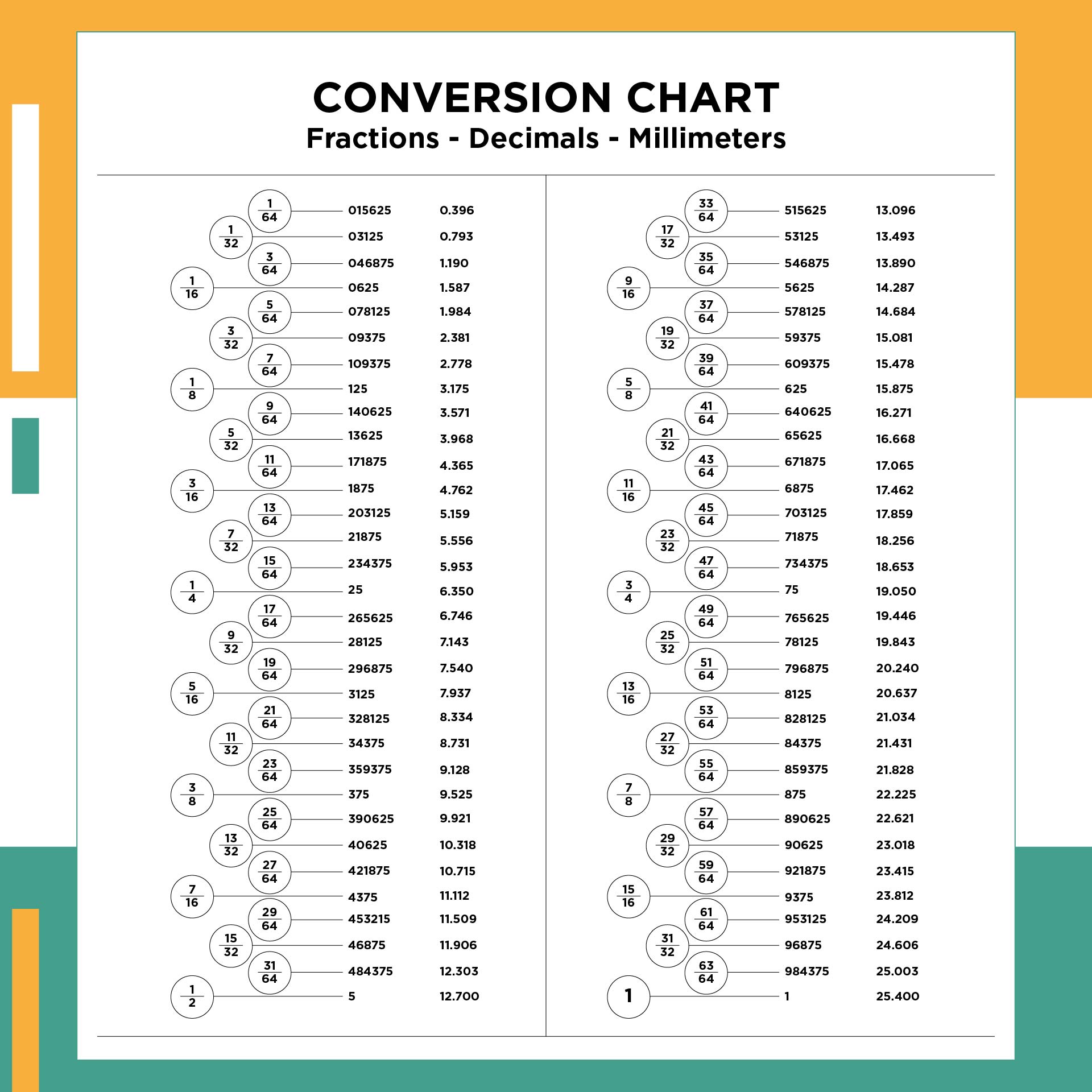
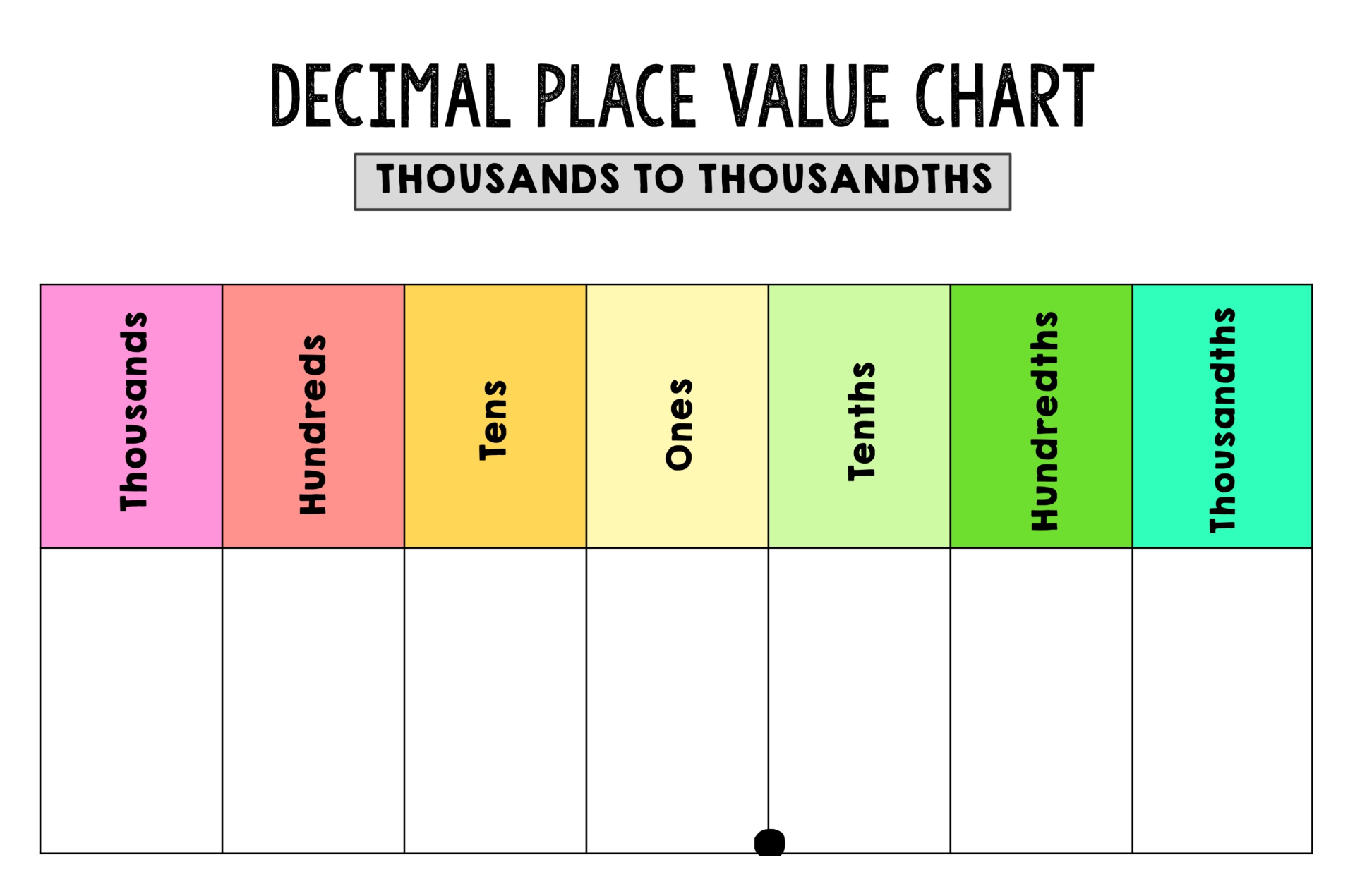
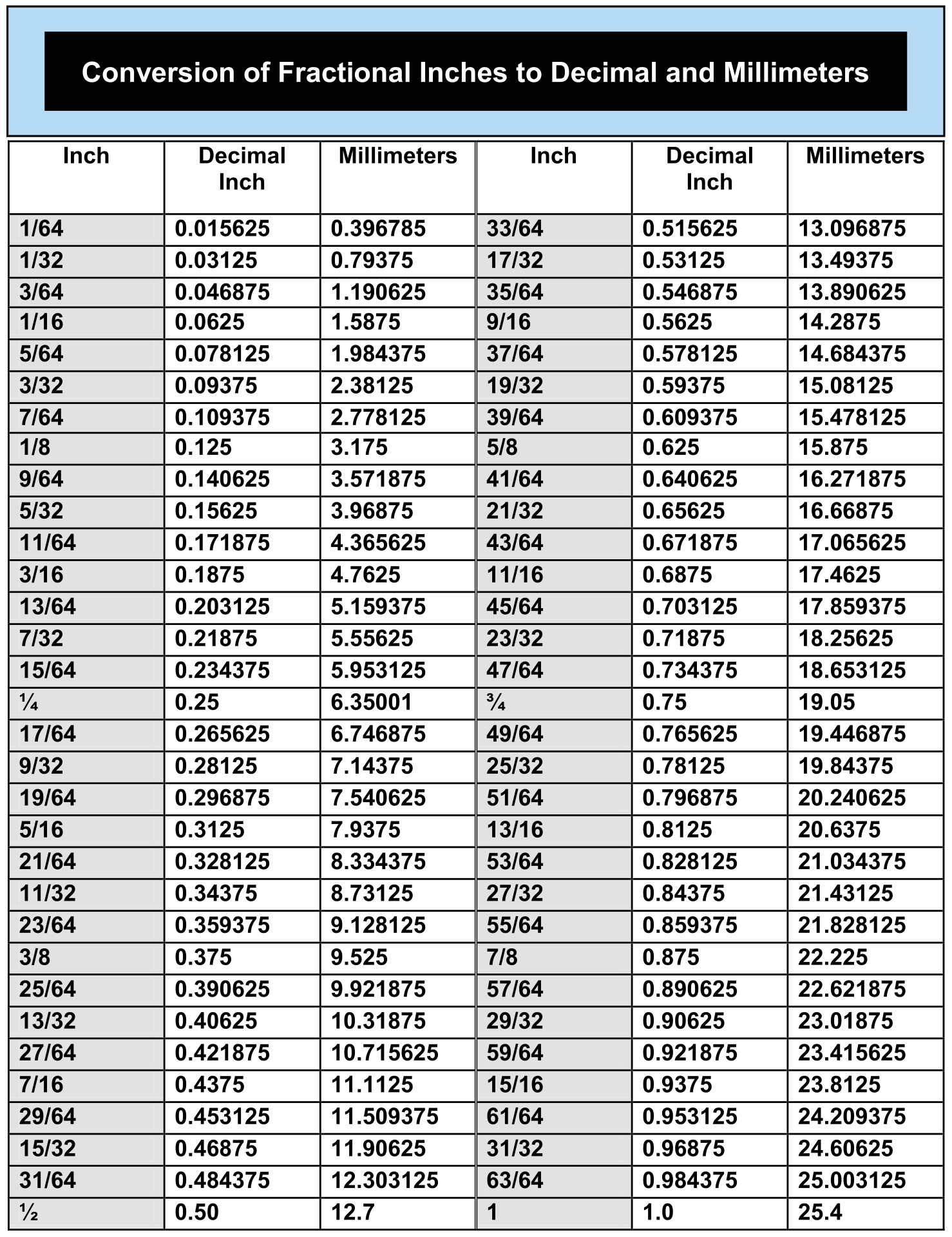
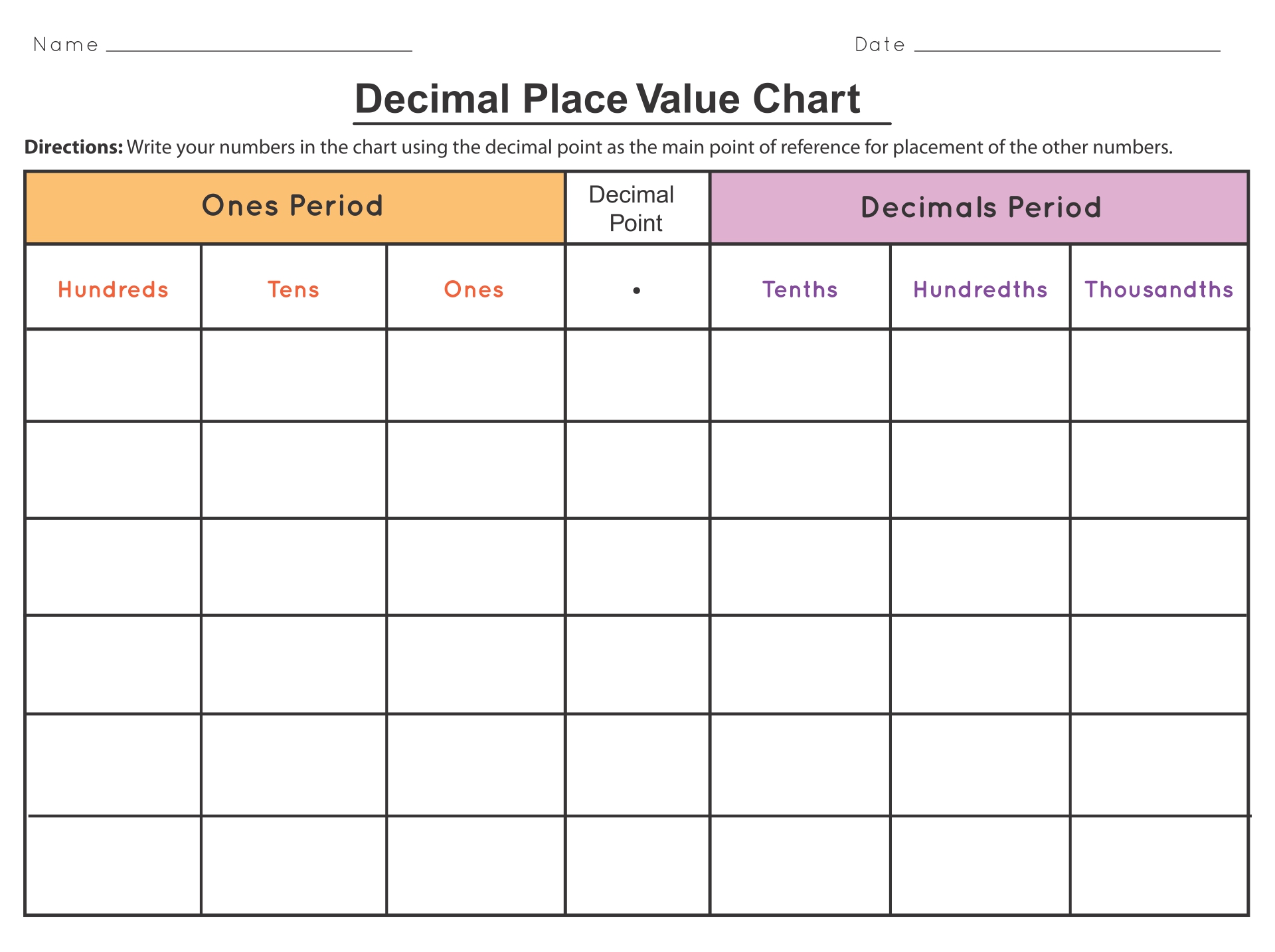
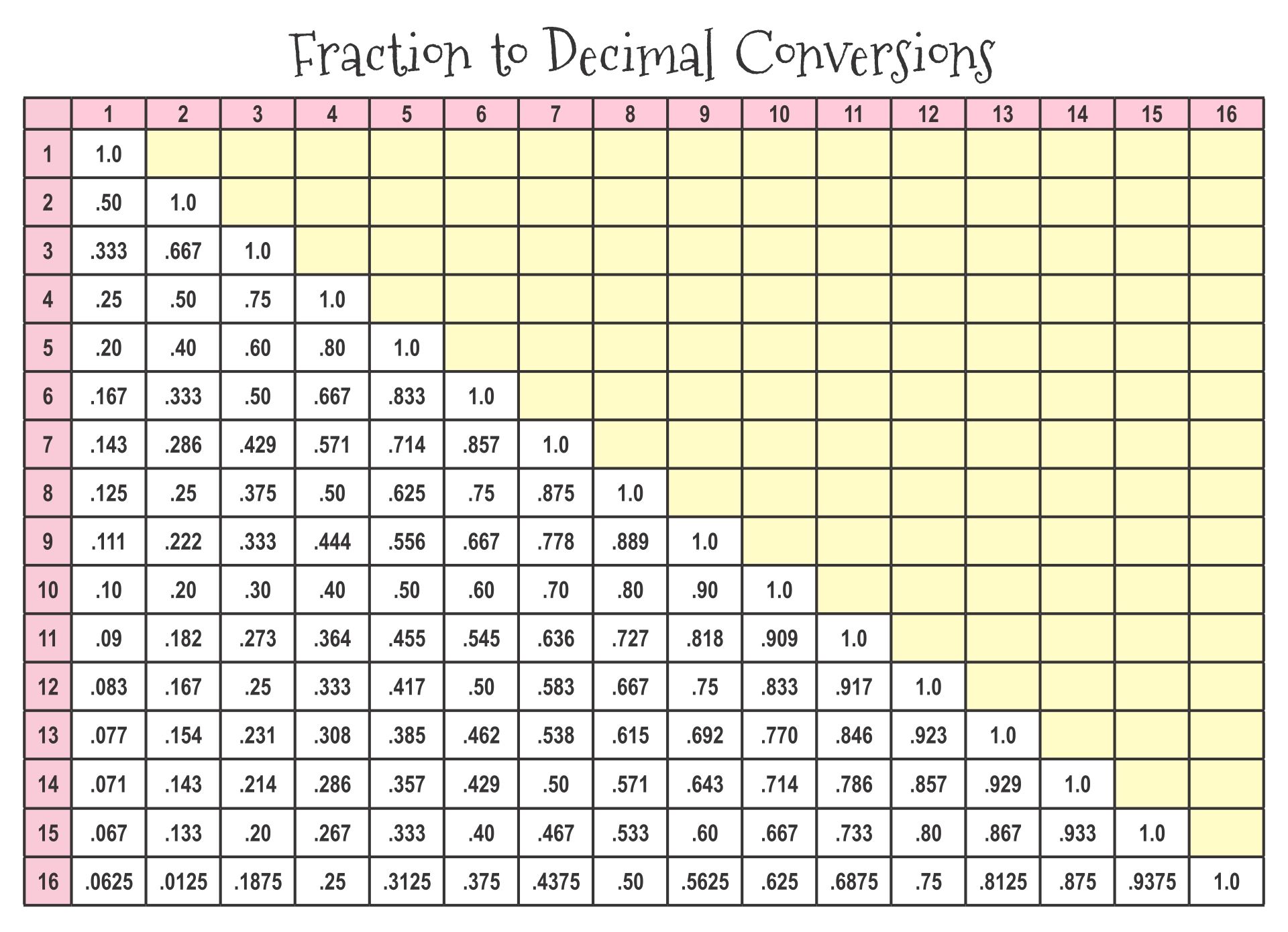
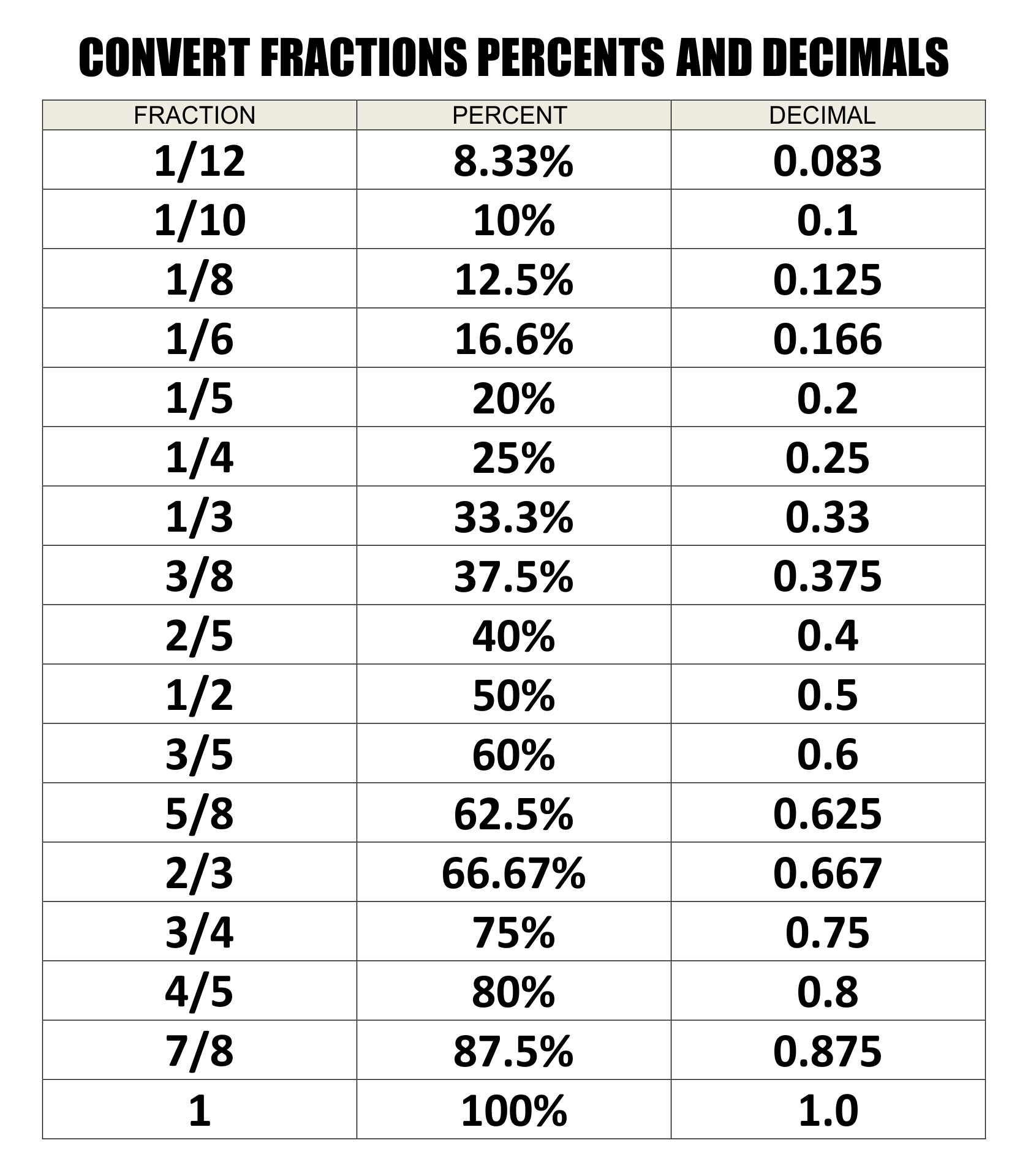
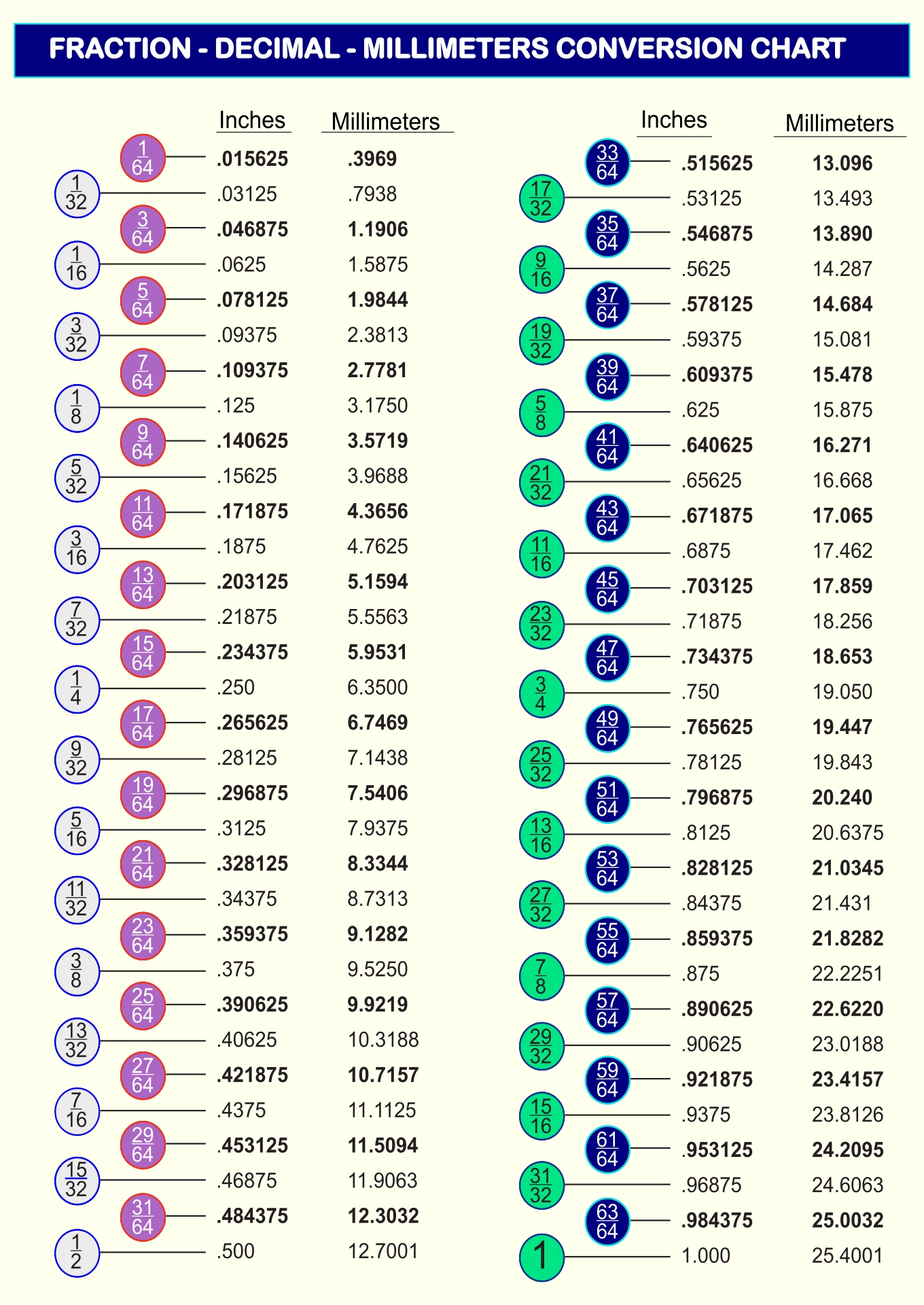
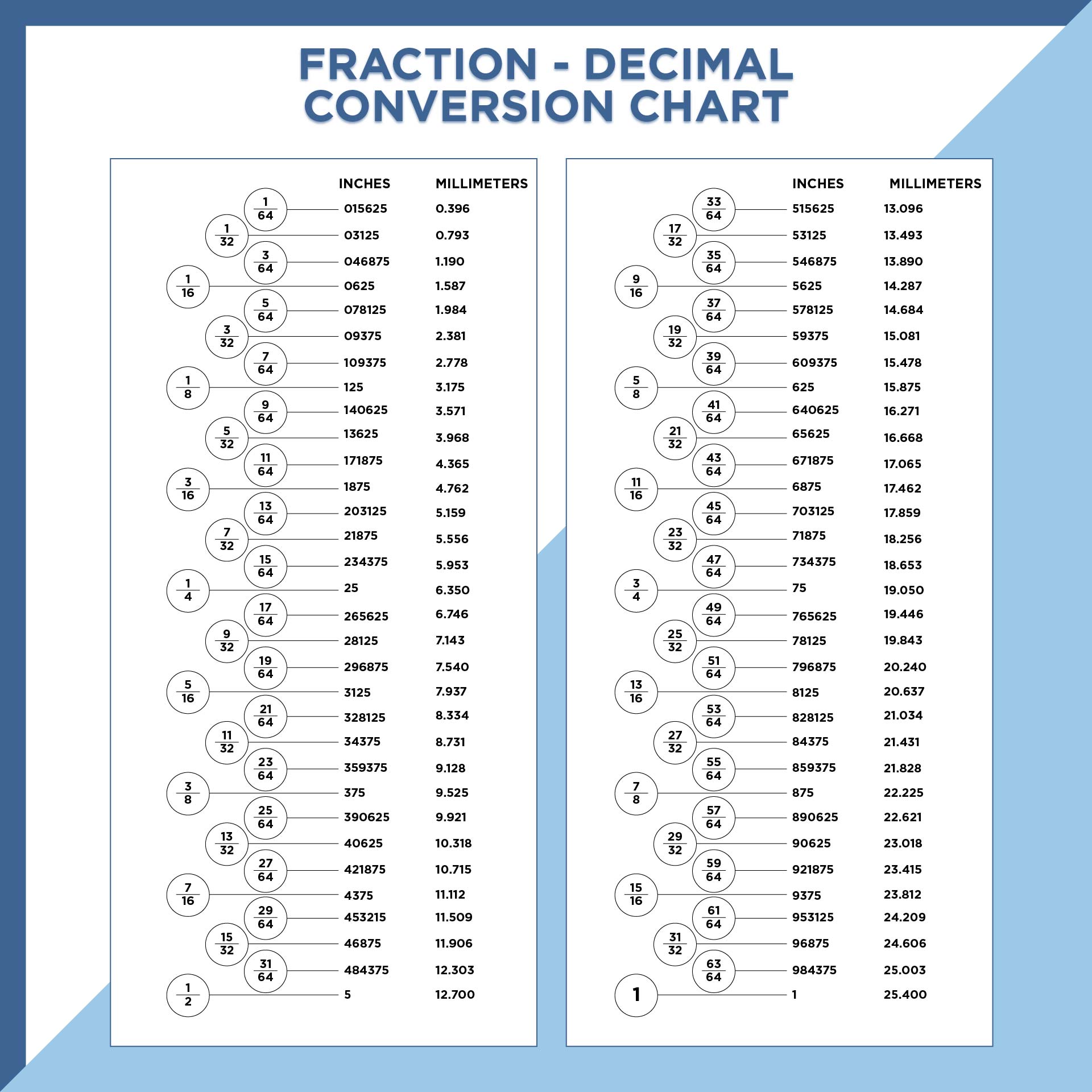
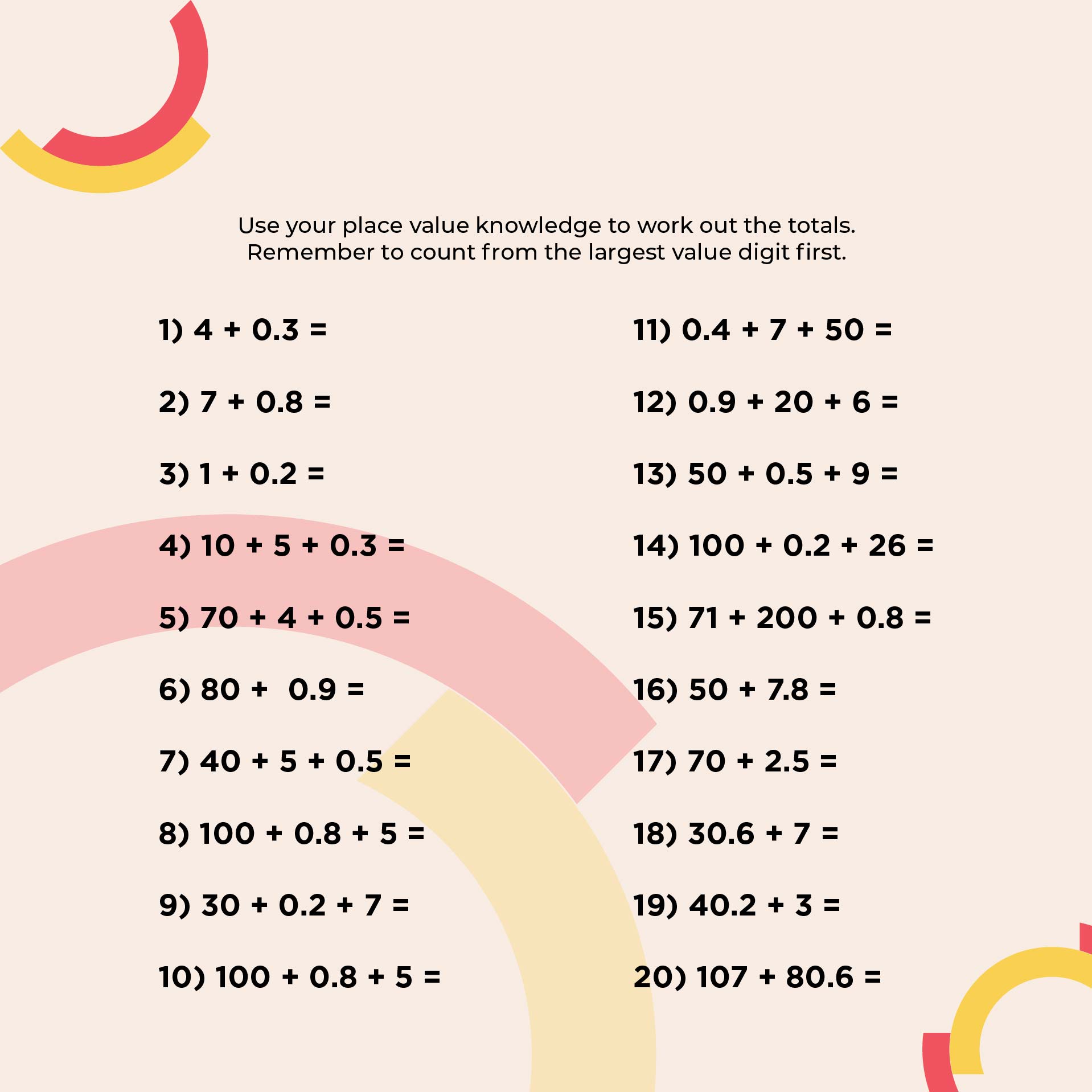
To explain decimals to children, you must introduce them to the basic concept of numbers. The reason is, that decimal is a simple number but has a complicated concept. So, it is important to explain it step by step so children can easily understand it.
It's a good idea to start explaining the concept of decimal numbers to children using integer place values. This is because decimal numbers consist of place values such as hundreds, tens, and units. By explaining the concept of place value, it will be easy for children to understand the concept of decimal numbers.
The way to introduce the basic concept is to write an integer. Then, explain to the children that every number has a place value. You must show the hundreds, tens, and one's values correctly. You can use worksheets or templates to help explain the concept to children.
Explain that decimals are related to fractions. So, you need to explain how to convert fractional numbers to decimal numbers. Then, introduce them by placing a decimal point (comma) in the number. Explain the meaning of the use of the decimal point and when they should use it.
Still related to the use of the decimal point, you need to explain that the decimal point must always be placed to the left of the number. So, the right of the decimal point is a number.
Meanwhile, also explains how to convert fractions into decimals. The trick is to use division. Write down some simple fractions like ½. Then, show them how to convert the fraction to a decimal by dividing 1 by 2. The result is 0.5 which is the decimal form.
If they already understand it, you can teach them how to count decimal numbers. Use simple decimal numbers first. If they are good at it, use more complicated numbers.
To understand the use of decimal numbers and how to write them, children also need to know how to read those numbers. Write some decimal numbers on paper and teach the children how to read the numbers. An example is 0.5 which reads "zero point five."
Have something to tell us?
Recent Comments
Thanks for providing the Decimal Chart Printable! It's a helpful tool for visualizing decimal values clearly and easily. Great resource!
A decimal chart printable allows individuals to easily understand and work with decimal numbers, making math calculations and conversions more manageable and efficient.
This Decimal Chart Printable is a helpful tool for keeping decimals organized and easy to understand. Great resource!